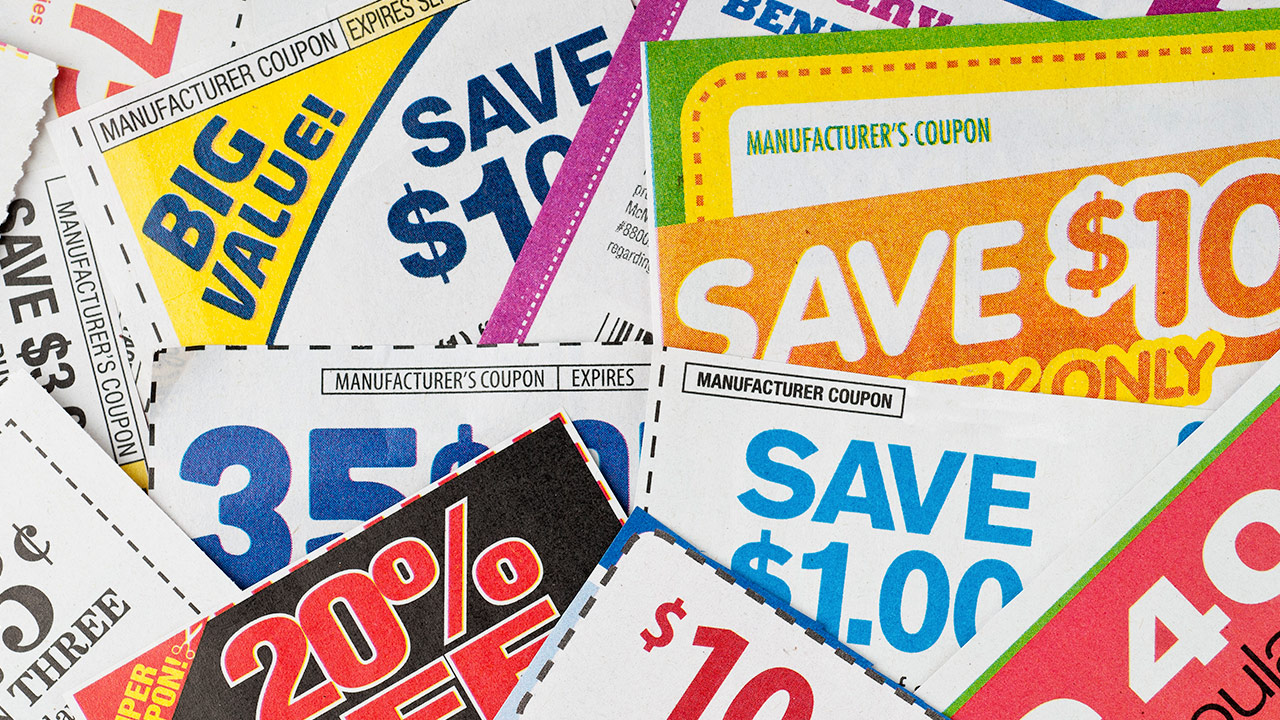Prescription drug rebates have been around for a long time, but as the mix of medications has shifted over time, so has the role of drug rebates in pharmacy benefits plans. At first, they were paid for nearly every brand-name drug on the market. Over time, drug manufacturers began to consolidate those rebates into fewer products with the goal of maximizing their market share within a formulary. That persisted for a long time, and as specialty medications became available, specialty medications didn’t always carry a rebate.
Specialty Drug Rebates
If you look at rebates today, most are attached to the more expensive brand drugs and, to a much greater extent, specialty medications. So, we see a lot of competition now in the specialty space where we didn’t before. Humira® and Enbrel®, for example, didn’t pay rebates for a very long time, but now as that class for anti-inflammatories has grown, more and more rebate dollars are coming in to supplement the value those products have on the formulary.
Rebates will likely continue to drive spend through specialty medications. Average wholesale price (AWP) is the leading indicator of rebates, and so as you look at those more expensive brands and specialty medications, and as you look at AWP increasing over time, we’re going to continue to see rebates increase. RxBenefits’ rebate yield for our book of business two years ago was 17%. Last year, it was 22%. That shift is indicative of both utilization and AWP.

Drug Rebate Benefits
Rebates are paid on a per-claim basis, but the employers we work with have some insulation and protection because they have rebate guarantees for both brand and specialty medications. The rebate amount can be held constant, meaning a higher rebate yield, if we can reduce utilization to lower-cost products and eliminate utilization that’s clinically inappropriate.
To put this in perspective, let’s consider an example employer group with a rebate yield of 23%. If they spend $100 after discounts are applied, their rebate yield will be 23%, and their net cost will be $77. If we can get rid of low clinical value drugs or eliminate inappropriate dosing for specialty medications, we can bring that per member per month (PMPM) or average cost per brand drug down to, say, $95. We’ve held their rebate constant so that their rebate yield would go up to be $23 off of $95, which is closer to 25%.





